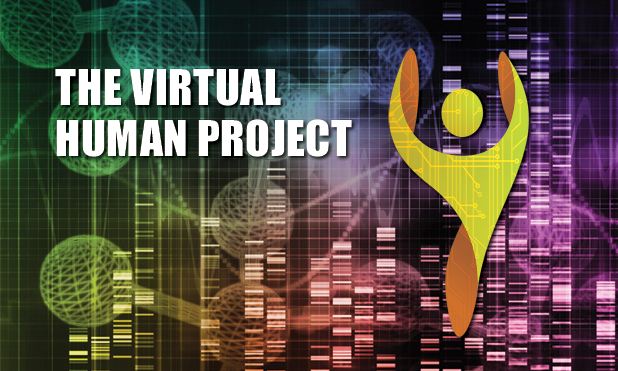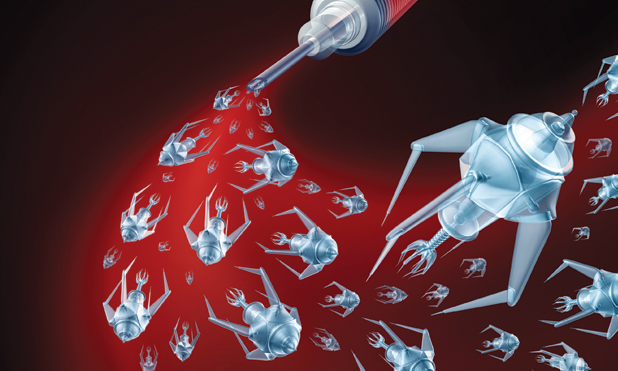What if there were a way to optimize cancer treatments, design safer and more efficient noninvasive brain and spinal cord treatments and assess the hazards of implanted medical devices without…
read moreMa nun me lassà, Nun darme stu turmiento. Damme un pacemaker … Famme campà! The Gulf of Naples and its surrounding area have served as a beautiful, historic, and romantic…
read moreLarry Smarr Like eight-year-olds who can’t let go of a good joke, Larry Smarr’s nurses and doctors kept coming to him with the same question: “Have you passed gas yet?”…
read moreWe live in an age of plentiful information, collected continuously by pervasive gadgetry, distributed through digital and social networks, and mined deeply by ever-more- powerful analytics systems. And yet, one of…
read moreIn 1988, a Scientific American article by A.K. Dewdney [1] on the work of nanotechnologist K. Eric Drexler spurred public interest in the nascent field of nanotechnology and its potential…
read moreAtlases of anatomy have long been a mainstay for visualizing and identifying features of the human body [1]. Many are constructed of idealized illustrations rendered so that structures are presented as…
read moreCancer represents a compilation of diseases characterized by rapidly dividing, invasive cells. Worldwide data indicate that over 14 million new cancers were diagnosed in 2012, with a projected increase of…
read moreMagnetic resonance imaging (MRI) is the preferred modality for soft tissue imaging because of its nonionizing radiation and lack of contrast agent. Due to interactions between the MR system and…
read moreImaging is a crucial tool in medicine and biomedical research. Magnetic resonance imaging (MRI), computational tomography (CT), proton emission tomography (PET), and ultrasound are routinely used not only to diagnose…
read more









